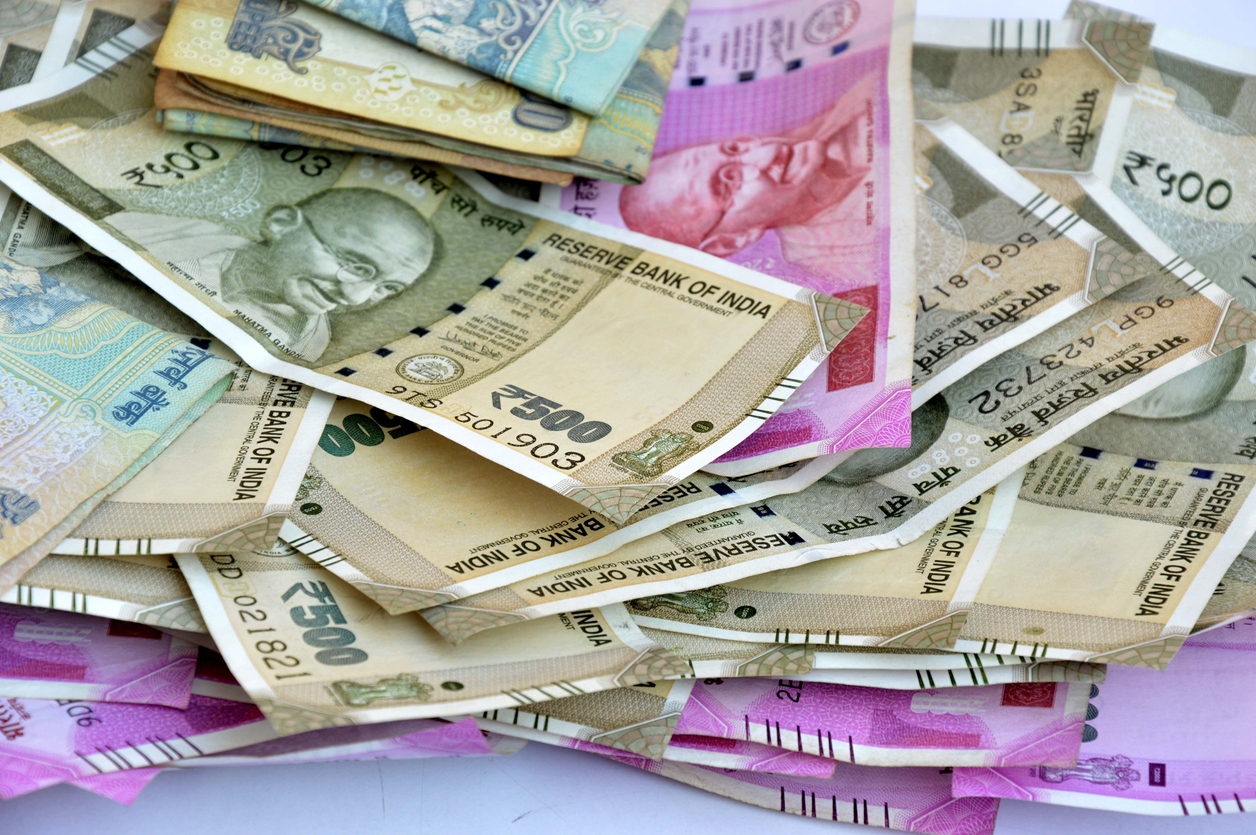
How Pakistan uses Bengal's borders to smuggle in fake currency to India

The arrest of a kingpin of a fake Indian currency smuggling racket by the National Investigation Agency (NIA) from West Bengal last week revealed that Pakistan continues to use Bangladesh as a transit route to pump counterfeit notes into India.
Enamul Haque, 46, who was apprehended at Mohanpur village of Malda district, was running a well-organised fake Indian currency racket along with his Bangladeshi associates in various parts of South India.
The interrogation of Haque revealed that he used to procure fake currency from a network in Bangladesh and then got them circulated through his associates Mohammed Mahaboob Baig and Syed Imran in various parts of India, mainly in the Southern states.
Intelligence sources in India believe Haque was part of a larger racket being run by Pakistan’s Inter-Services Intelligence (ISI) using Dawood Ibrahim’s network in Bangladesh and Nepal. They said the cross-border smuggling of fake Indian currency notes (FICN) has increased as indicated by the spike in the seizure of counterfeit notes in various parts of the country.
The annual report of the Reserve Bank of India (RBI) for the year 2019-20 shows a sharp increase in detection of counterfeit notes in the denomination of ₹200, ₹10, ₹500 and ₹50, indicating a spike in the smuggling of counterfeit currency.
Detection of fake notes in the denomination of ₹200 went up by 151.2 per cent, while there was also a spike of 144.6 per cent, 37.5 percent, and 28.7 percent in the seizure of fake notes in the denominations of ₹10, ₹500, and ₹50 respectively, according to the RBI’s report.
The detection of fake notes in the denomination of ₹2,000, however, witnessed a 22.1 per cent fall, coinciding with the RBI not issuing indent for the printing of ₹2,000 currency notes during 2019-20.
The Centre after the 2016 demonetisation of banknotes had claimed that the move would eradicate smuggling and circulating of FICNs. But the recent trends indicate the move has failed in its target, compelling the government to explore fresh measures to curb the menace.
To prevent duplication, the government last year initiated the process of introducing new security features in Indian banknotes.
The revised denomination-wise new/ advance security features of banknotes were decided in the meeting of the finance ministry on July 18 and the recommendations of the RBI’s Central Board in this regard were received by the ministry on November 25, 2019.
Sources said the security measures adopted so far to stay ahead of the counterfeiting proved futile. The counterfeit notes appear so authentic that even the bank officials find it difficult to distinguish between the fake and the originals.
The optical variable ink and the special papers that are being used to print FICNs cannot be obtained without the help of a government agency, which shows the involvement of the ISI in the running of the racket, intelligence sources here said.
They said the majority of the FICNs are pumped in India from Bangladesh through West Bengal’s Malda and Murshidabad districts.


